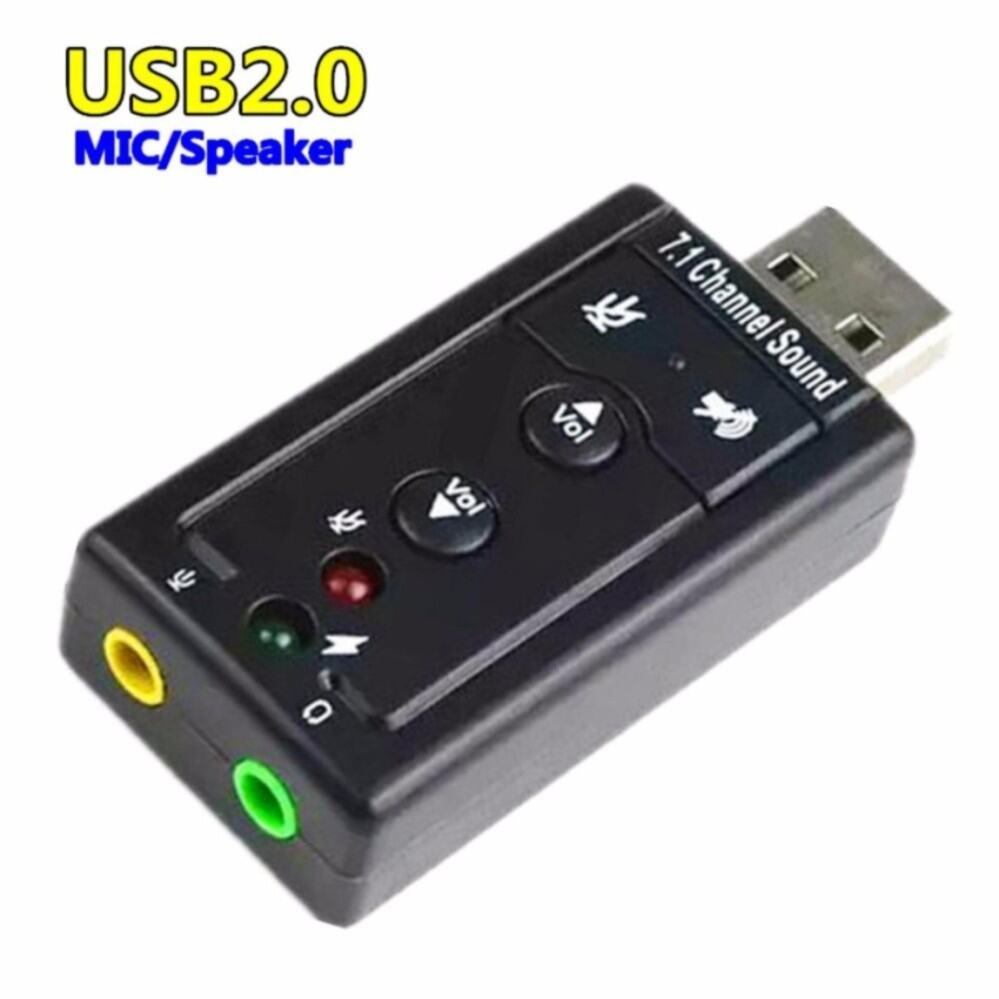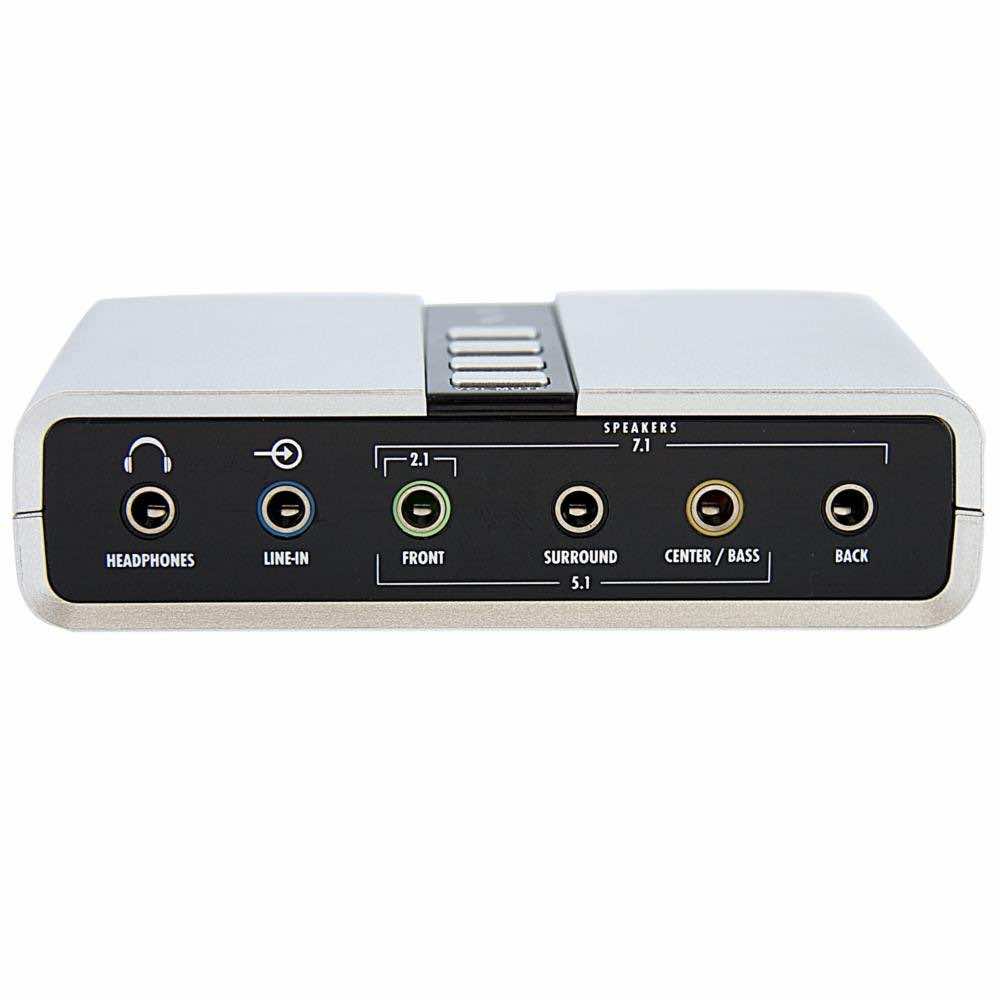
Therefore, if you intend to record audio into a DAW for music production, podcasting, or voiceovers, you’ll find it much easier if you use an audio interface to replace your sound card. The small auxiliary input featured on most sound cards isn’t suitable for these microphones.Ĭheck out this high-quality condenser microphone here on Amazon. It is practically impossible to connect a condenser microphone to a sound card, simply because they require a balanced XLR connection. This facilitates recording to an extent, but in comparison to the balanced input of an audio interface, it provides you will significantly fewer options. Sound cards, on the other hand, commonly feature auxiliary inputs and outputs. The input commonly uses a preamp to prepare the audio to be received by the DAW recording software. Firstly, sound cards are great at playing audio from the computer, but they lack the additional recording and playback options that audio interfaces offer.įor example, audio interfaces include at least one input for microphones or direct recording of instruments. There are several answers to this question. You might be wondering, why would I need an audio interface if all computers and laptops already have onboard sound cards? They both perform the same basic function, but audio interfaces are more versatile than sound cards. This is why many people get confused when trying to differentiate between the two. Replacing The Sound Card With An Audio InterfaceĪn audio interface is essentially an external soundcard, with additional capabilities. However, with the remarkable advances in audio technology, they can now process complex audio for music production, video games, and films, and so on.Īnother popular choice of audio interface is the Focusrite Scarlett (pictured above) Take a look at this audio interface here on Amazon.

Then, the soundcard’s DAC converts the signal to analog and sends it to the playback device.Įarly, primitive soundcards were capable only of producing the simplest system sounds of the computer.
#Can you use an external sound card for laptop series#
Modern computers are generally tasked with playing music from a streaming platform.įor this process, the audio is initially presented in the digital format as a series of 0s and 1s. Sound cards take care of this process, thanks to the inbuilt digital-to-analog converter that is installed within the device.Ĭommonly known as a DAC, this device is integral both for sending audio from the computer to speakers or headphones, and also when recording audio into the computer using a microphone or direct input. This conversion makes it compatible with playback devices like monitors, speakers, and headphones. For audio to be played from a computer, the digital signal must be converted into an analog waveform. This means that an audio signal is presented as a series of 0s and 1s. The reason that they are required, is because, despite the incredible processing power of modern computers, they are incapable of understanding audio signals.Ĭomputers and laptops operate using digital formats. Sound cards are internal expansion devices, which have inputs and outputs allowing you to send audio into the computer or send it out into speakers and headphones. These devices have been included in computers since the late 1980s, to facilitate audio processing so that music, videos, and games can be enjoyed without requiring an external device.Ĭheck out this popular PreSonus audio interface here on Amazon.

The main difference between the two is that audio interfaces are external devices that connect to your computer or laptop using a specific cable, while sound cards are pre-installed within the hardware of the device.Īll computers and laptops come with their soundcard. The Functions Of An Audio Interface & SoundcardĪudio interfaces and soundcards share many qualities.

In the remainder of this guide, you’ll find a detailed breakdown of whether audio interfaces can replace sound cards.

However, certain situations may arise when a soundcard would perform more capably than an audio interface. Indeed, audio interfaces do replace the function of the computer’s soundcard when they are hooked up via USB or FireWire. Nevertheless, there is more to this subject than meets the eye. The interface is used to process the audio, rather than the computer relying on the soundcard and its drivers. When you connect an audio interface to your computer or laptop, you effectively bypass the onboard soundcard, so yes an audio interface can replace the sound card. However, there are some significant differences between the two devices when it comes to recording and audio playback.Ĭan an audio interface replace the sound card? Soundcards and audio interfaces perform very similar functions.


 0 kommentar(er)
0 kommentar(er)
